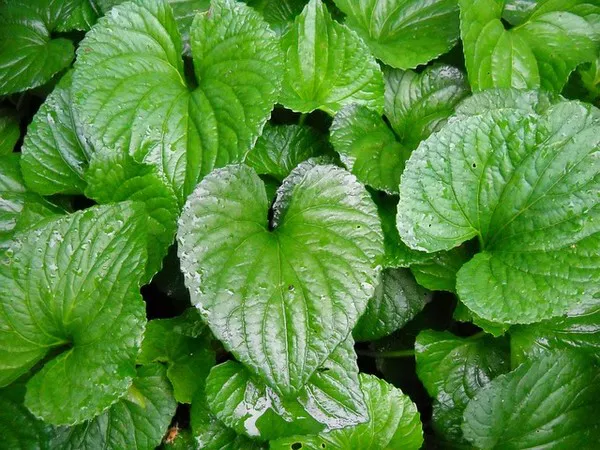Nature’s diversity never ceases to amaze, and one of the most intriguing facets of this biodiversity is the existence of parasitic plants. These unique organisms have evolved fascinating strategies to thrive by exploiting other plants for sustenance. In this article, we will delve into the world of parasitic plants, exploring their characteristics, classifications, ecological roles, and the delicate balance they strike in the complex web of biodiversity.
Characteristics of Parasitic Plants:
Parasitic plants exhibit distinctive features that set them apart from their non-parasitic counterparts. Unlike conventional plants, many parasitic species lack or have reduced chlorophyll, the green pigment essential for photosynthesis. This adaptation highlights their reliance on host plants for nutrients and energy. Common examples include dodder (Cuscuta) and broomrape (Orobanche), which showcase various degrees of chlorophyll reduction.
Another characteristic of parasitic plants is the development of specialized structures to connect with their hosts. Haustoria, for instance, are modified root-like structures that penetrate the host plant’s vascular system, facilitating the extraction of water, nutrients, and sometimes even carbohydrates. The establishment of this physical connection is critical for the parasitic plant’s survival.
Classification of Parasitic Plants:
Parasitic plants are classified into different categories based on their modes of parasitism. The two primary classifications are hemiparasites and holoparasites.
Hemiparasites:
Hemiparasites, also known as partial parasites, maintain some degree of photosynthetic ability. While they rely on their host for water and minerals, they can produce their own carbohydrates through photosynthesis. Examples of hemiparasites include mistletoe (Viscum album) and Indian paintbrush (Castilleja spp.).
Holoparasites:
Holoparasites, on the other hand, have lost the ability to photosynthesize entirely. These plants depend entirely on their host for nutrients and energy. Common examples of holoparasites include dodder (Cuscuta spp.) and broomrape (Orobanche spp.).
Ecological Roles of Parasitic Plants:
While the term “parasite” often carries a negative connotation, parasitic plants play crucial ecological roles in various ecosystems. One notable contribution is their role in nutrient cycling. By tapping into the root systems of host plants, parasitic plants help redistribute nutrients within ecosystems. This process can enhance nutrient availability for other organisms, contributing to the overall health and balance of the ecosystem.
Furthermore, some parasitic plants exhibit host specificity, meaning they selectively target certain plant species. This specificity can help regulate the population of dominant plant species, preventing any one species from becoming overly dominant and promoting biodiversity. In this way, parasitic plants act as natural regulators, influencing the composition and dynamics of plant communities.
Challenges Faced by Parasitic Plants:
Despite their unique adaptations, parasitic plants face numerous challenges, both in their interactions with hosts and in adapting to changing environmental conditions. Host plants have developed various defense mechanisms to resist parasitic attacks, such as the release of chemical compounds that deter or inhibit parasitic growth.
Environmental changes, including habitat loss and climate variations, can also impact the survival of parasitic plants. Holoparasites, with their complete dependence on hosts, are particularly vulnerable to changes in host availability and habitat alteration. Conservation efforts often need to consider the interconnected relationships between parasitic plants and their hosts to ensure the preservation of these fascinating species.
Applications in Agriculture and Medicine:
Parasitic plants, despite their reputation as agricultural pests, have applications that extend beyond their ecological roles. Research on parasitic plant-host interactions has provided valuable insights into plant physiology, biochemistry, and genetics. Understanding how parasitic plants manipulate their hosts can lead to innovative strategies for improving crop resistance to pests and diseases.
Additionally, certain compounds produced by parasitic plants for host manipulation have demonstrated potential medicinal properties. Compounds from plants like mistletoe (Viscum album) have been explored for their anti-cancer properties, opening avenues for pharmaceutical research and drug development.
See Also How Much Sun Do Jade Plants Need
Conclusion:
Parasitic plants, with their intricate adaptations and ecological significance, offer a captivating glimpse into the complex interactions within ecosystems. While they pose challenges to agriculture, these plants play vital roles in nutrient cycling, biodiversity regulation, and even offer potential benefits in medicine. As we continue to explore and understand the dynamics of parasitic plant-host relationships, we gain not only ecological insights but also opportunities for innovative applications in agriculture and healthcare. Embracing the complexity of these interactions is key to appreciating the rich tapestry of nature’s interconnected web.


